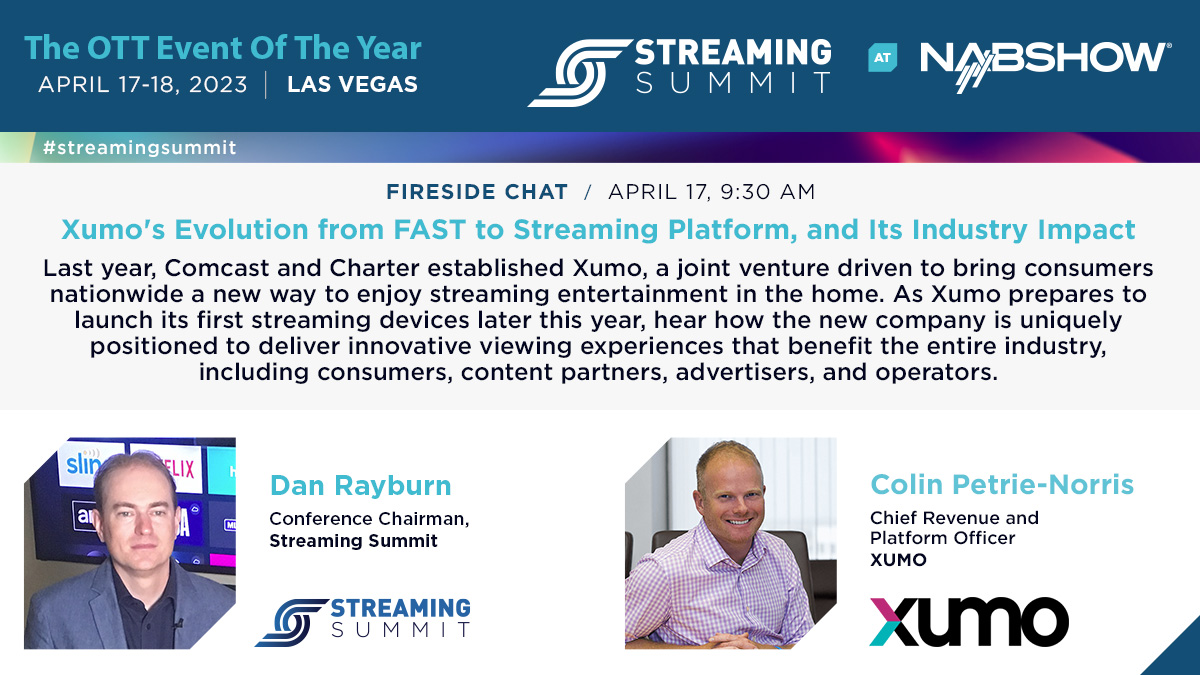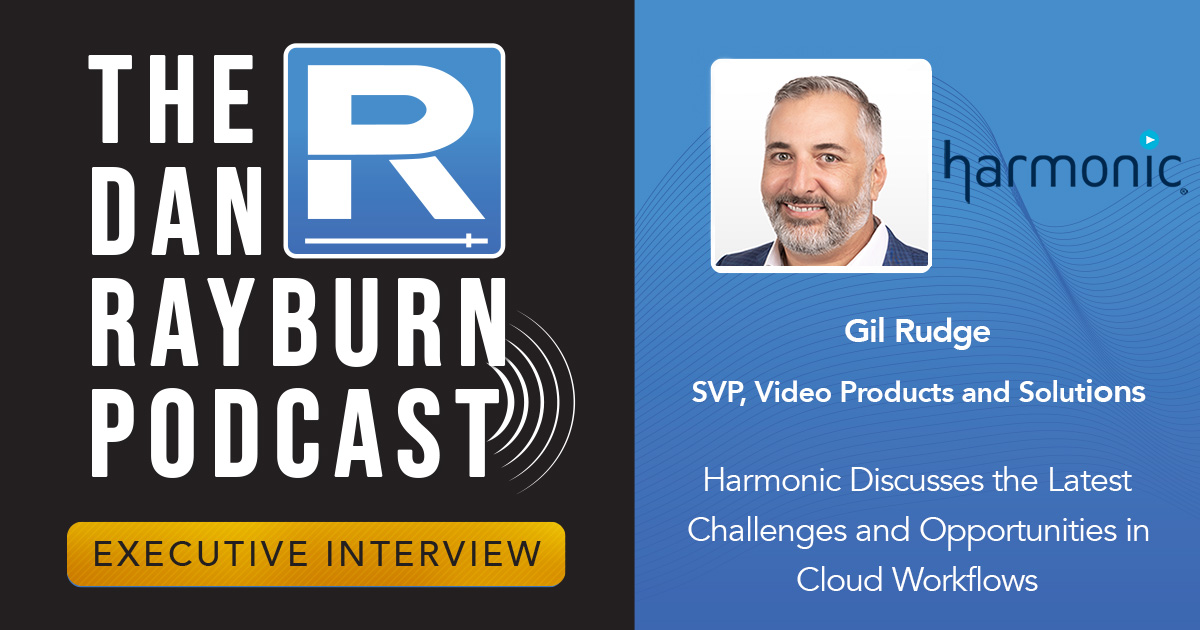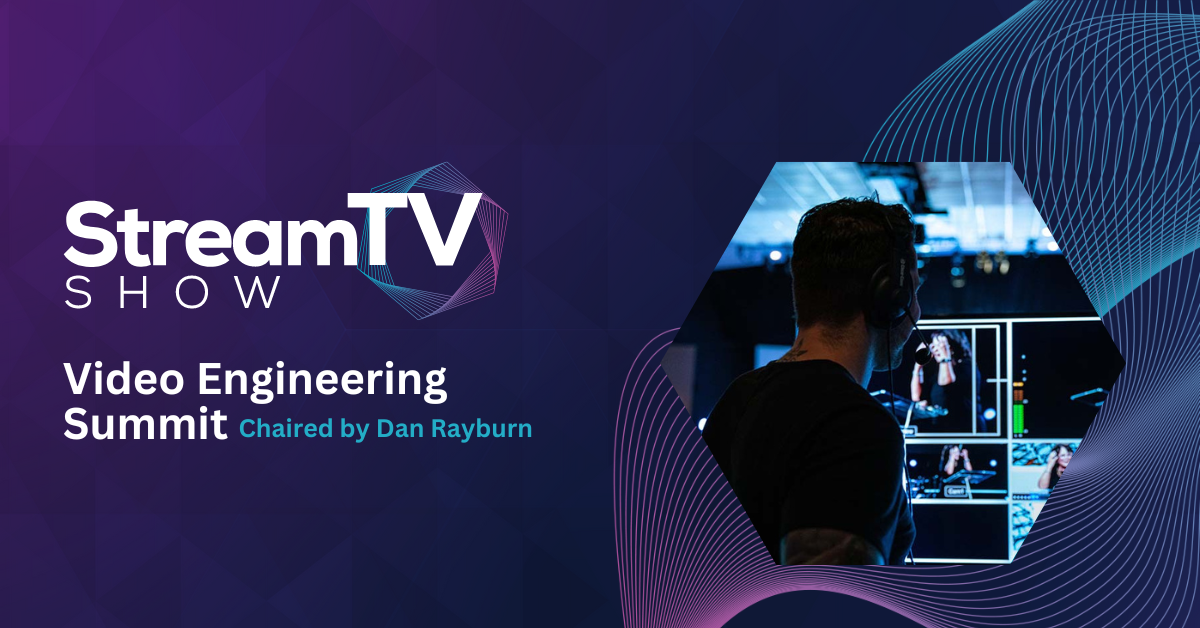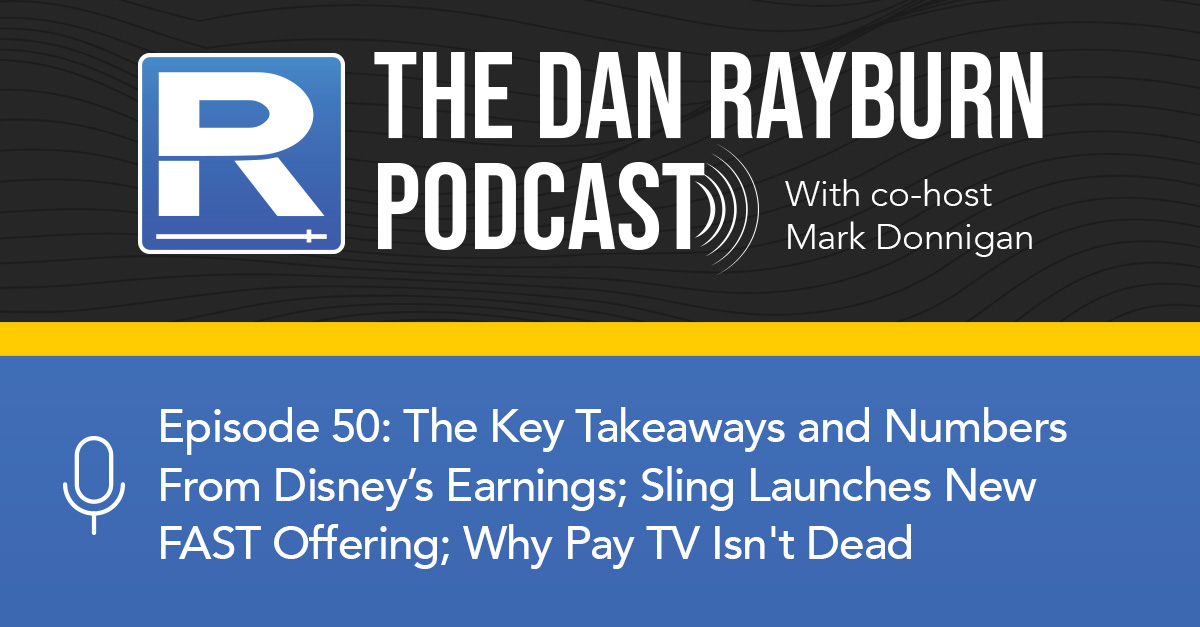
I’m testing the FOX Sports live stream of the Super Bowl (1080p HDR, upscaled to 4K) across 12 devices from 6 different platforms including multiple models of Apple TV’s, Roku’s, Fire TV’s, Macbook’s, iPad’s and smart TVs from Samsung, LG and Vizio. The platforms I’m streaming from include the FOX Sports website, FOX Sports app, Hulu, YouTube TV, Sling TV and fubo TV. More updates to come…
If you’re looking for streaming stats from the 2022 Super Bowl, (blog post testing stream) note that NBC said the 11.2 million number they gave out is a viewers-per-stream figure and is not directly comparable to previous years, when co-viewing was not as prevalent. The figure comparable to past years is the 6 million number NBC released for 2022, which marks a 5% increase over the 2021 Super Bowl of 5.7 million AMA (Average Minute Audience).
Updated Feb 13 – FOX Sports says Super Bowl LVII was the most-streamed Super Bowl in history, delivering an average of 7 million streams, up +18% over last year (vs. 6 million). But last year NBC measured it with the Average Minute Audience (AMA) metric and the FOX Sports release simply says “average”. (UPDATED: FOX says that’s 7M “simultaneous”) I’ve asked for clarity if they mean AMA. The Super Bowl LVII live streaming audience includes consumption across: the FOX Sports app; FOX.com; the FOX NOW app; NFL digital properties including the NFL mobile app, the NFL Fantasy mobile app, NFL.com, the NFL connected TV app and NFL+ for subscribers.
Updated Feb 13 – FOX Sports streaming peaked at about 30Tbps.
10:21pm – That’s a wrap. I’ll update this post with streaming viewer stats when FOX Sports pushes them out in the next few days. FOX Sports did a great job on the event. Other streaming services looked to be good overall, with the only exception being fubo TV that seemed to have some issues.
10:12pm – YouTube TV’s support team does a good job of pointing users to a page on their site that shows users how to share “stats for nerds” with the YouTube team when viewers are having a problem. More streaming services should have a page like this. Throughout the game, YouTube support said they were, “actively monitoring things and everything is quite stable,” and provided timely updates to questions on reddit.com/r/youtubetv
9:46pm – For all the support people at the streaming services who have to deal with consumers online, I feel for you. Between Amazon TNF, World Cup, Super Bowl, Olympics, Apple Friday Night Baseball, HBO Max soccer etc. I’ve read and scrolled through easily 10,000+ comments in the past 12-months during live events, just on Twitter alone. The amount of cursing and language used by many are vicious. And the vast majority of those that report problems, provide no details of their device, error message, error code, zip code etc. requiring more back and forth then should be required.
9:33pm – I see very few people reporting issues with the stream on Hulu, but they did acknowledge they were looking into reports of people having issues when trying to switch profiles, with Hulu tweeting, “It sounds like you may be experiencing a behavior we’re currently looking into. Rest assured, we’re all hands on deck.”
9:15pm – In the browser from the FOX Sports website their encoding bitrate ladder shows 7 streams, all HLS TS going over Fastly, but they are not the only CDN involved. Akamai, Edgio and Amazon are also in the mix. Also note, no upscaled 4K version is shown, which I assume is because this is being viewed in the browser:
- https://foxvideo.global.ssl.fastly.net/1677117580_4a9b207714a9ec0e02a28ed11b82ca38b8c9960a/*~/haw/mcl-haw/stream_7_270p_30.m3u8
- https://foxvideo.global.ssl.fastly.net/1677117580_4a9b207714a9ec0e02a28ed11b82ca38b8c9960a/*~/haw/mcl-haw/stream_6_360p_30.m3u8
- https://foxvideo.global.ssl.fastly.net/1677117580_4a9b207714a9ec0e02a28ed11b82ca38b8c9960a/*~/haw/mcl-haw/stream_5_480p_30.m3u8
- https://foxvideo.global.ssl.fastly.net/1677117580_4a9b207714a9ec0e02a28ed11b82ca38b8c9960a/*~/haw/mcl-haw/stream_4_540p_60.m3u8
- https://foxvideo.global.ssl.fastly.net/1677117580_4a9b207714a9ec0e02a28ed11b82ca38b8c9960a/*~/haw/mcl-haw/stream_3_720p_60.m3u8
- https://foxvideo.global.ssl.fastly.net/1677117580_4a9b207714a9ec0e02a28ed11b82ca38b8c9960a/*~/haw/mcl-haw/stream_2_720p_60.m3u8
- https://foxvideo.global.ssl.fastly.net/1677117580_4a9b207714a9ec0e02a28ed11b82ca38b8c9960a/*~/haw/mcl-haw/stream_1_1080p_60.m3u8
9:02pm – I find it odd Sling TV continues to recommend the FOX News Channel to me when I log out/in, instead of showing the Super Bowl as the first choice. I get this in the app and in the browser. Their stream is currently about 55 seconds behind broadcast for me on Fire TV and desktop.
8:49pm – Still more issues being reported on fubo TV. Unknown now many are being impacted.
8:27pm – I’m seeing some slight audio delay from the FOX Sports app on Fire TV and Roku which I didn’t experience earlier. 1-2 seconds behind the video.
8:10pm – Looking at the manifest file for FOX Sports website I see 60 FPS and streams coming from Akamai and Fastly. That’s not to say more CDNs aren’t involved, those are just the two I am seeing. Not surprisingly, Nielsen and Conviva are collecting data.
8:00pm – Fubo TV looks to be having some issues with errors being reported by users on Twitter and down detector as of 7:12pm. Stream not loading, constant buffering or errors. Unknown how widespread it may be but I’d consider it to be too many complaints when compared to other services. Fubo seems to know about the issue as they keep replying to people on Twitter saying, “As a workaround, you can use your fuboTV credentials in the FOX NOW app to sign in and watch through there.”
7:50pm – Looking at all of the Twitter accounts online for all the streaming services, YouTube TV has the most complaints of picture quality, buffering and reports of the stream being minutes behind the broadcast for some users. However, note that YouTube TV has more subscribers, both free trial users and paid, than any other live linear streaming service. So one would expect to see more complaints overall, due to the size of their audience.
7:39pm – Sling has some angry users on Twitter complaining they paid to get the Super Bowl but it’s no where to be found. While Sling does have the Super Bowl as part of their Sling Blue or Orange + Blue package, it’s only available in certain markets.
7:29pm – Hulu users are reporting online that Hulu went to a commercial in the middle of the National Anthem. I wasn’t toggled over to Hulu at that time, but sounds like an ad triggering problem.
7:20pm – Across all services, I am getting less latency streaming from the FOX Sports app when compared to any other streaming service. Latency of 7-30 is the norm across service and devices. Note that I don’t think latency is a big deal and there is no business incentive to get it down to sub-seconds. Hulu has the worst latency for me of any streaming service so far.
7:11pm – Multiple users online are reporting issues with FOX Sports app no loading, amongst other issues, but nothing that looks like more than normal. Some users are always going to have issues and will need to update OS, update app or do a restart of the device.
7:02pm – I started testing the streams about an hour before the game started and so far, I don’t see any major issues across any service with excess buffering. I see some audio sync issues with the FOX Sports app on Roku and I see a handful of people on Twitter reporting the same issue.
Notes: For all of these devices and my testing, Verizon is my ISP. All Fire TV devices are connected via ethernet and all other devices are a combination of Wi-Fi and ethernet. All devices are running the most up to date OS and app versions.







